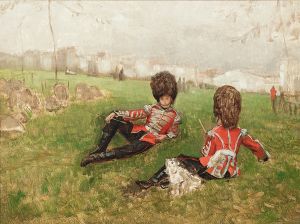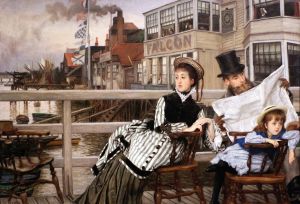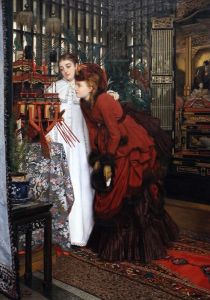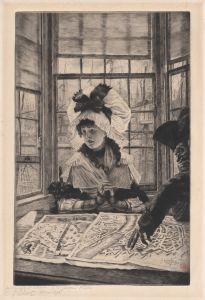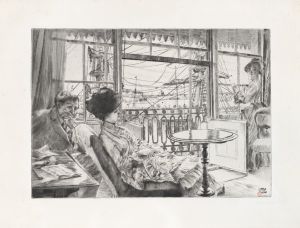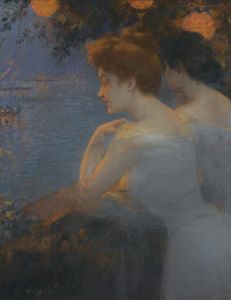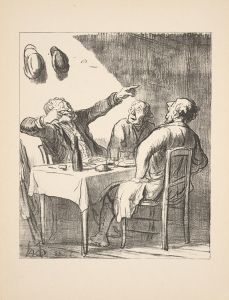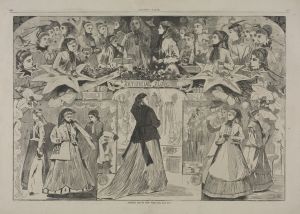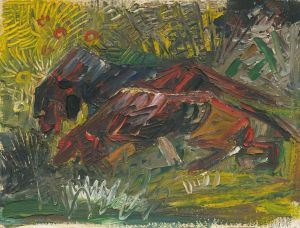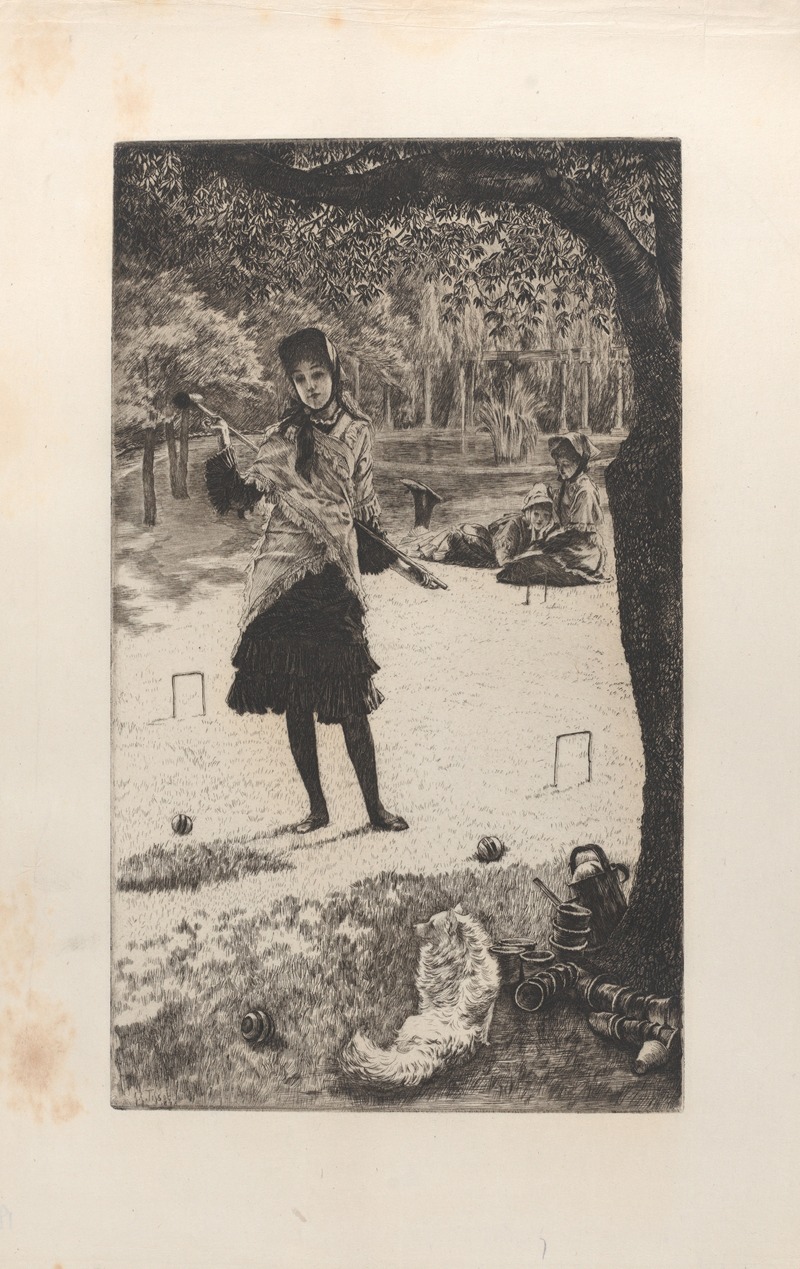
Croquet
A hand-painted replica of James Tissot’s masterpiece Croquet, meticulously crafted by professional artists to capture the true essence of the original. Each piece is created with museum-quality canvas and rare mineral pigments, carefully painted by experienced artists with delicate brushstrokes and rich, layered colors to perfectly recreate the texture of the original artwork. Unlike machine-printed reproductions, this hand-painted version brings the painting to life, infused with the artist’s emotions and skill in every stroke. Whether for personal collection or home decoration, it instantly elevates the artistic atmosphere of any space.
"Croquet" is a painting by the French artist James Tissot, created in 1878. Tissot, born Jacques Joseph Tissot in 1836, was a prominent painter known for his detailed and often socially insightful depictions of contemporary life in the late 19th century. His works frequently capture the fashion, leisure activities, and social dynamics of the Victorian era, and "Croquet" is no exception.
The painting "Croquet" is an exemplary piece that showcases Tissot's skill in portraying the leisurely pursuits of the upper-middle class during the Victorian period. Croquet, a popular outdoor game during this time, serves as the central theme of the artwork. The game, which involves hitting wooden balls through hoops using a mallet, was a fashionable pastime in England and France, symbolizing both leisure and social interaction.
In "Croquet," Tissot captures a scene of elegance and refinement. The painting depicts a group of well-dressed individuals engaged in a game of croquet in a lush garden setting. The attention to detail in the clothing and the setting is characteristic of Tissot's style, reflecting the fashion and social customs of the time. The figures are dressed in the height of contemporary fashion, with the women wearing long, flowing dresses and the men in suits, indicative of the late 19th-century attire.
Tissot's use of color and light in "Croquet" enhances the idyllic and leisurely atmosphere of the scene. The vibrant greens of the garden and the soft, natural light create a serene backdrop for the social interaction taking place. The composition of the painting is carefully balanced, with the figures arranged in a way that guides the viewer's eye across the scene, emphasizing the social nature of the game.
The painting is also notable for its depiction of gender roles and social dynamics. During the Victorian era, croquet was one of the few sports that allowed men and women to play together on equal terms, making it a socially significant activity. Tissot captures this aspect by portraying both male and female participants actively engaged in the game, highlighting the social interaction and camaraderie that croquet facilitated.
James Tissot's "Croquet" is housed in the collection of the National Gallery of Scotland, where it continues to be appreciated for its artistic merit and its reflection of Victorian society. The painting is a testament to Tissot's ability to capture the essence of his time, offering viewers a glimpse into the leisurely pursuits and social customs of the late 19th century.
Overall, "Croquet" exemplifies Tissot's talent for combining detailed realism with a keen observation of social nuances, making it a valuable piece for understanding the cultural and social landscape of the Victorian era.






